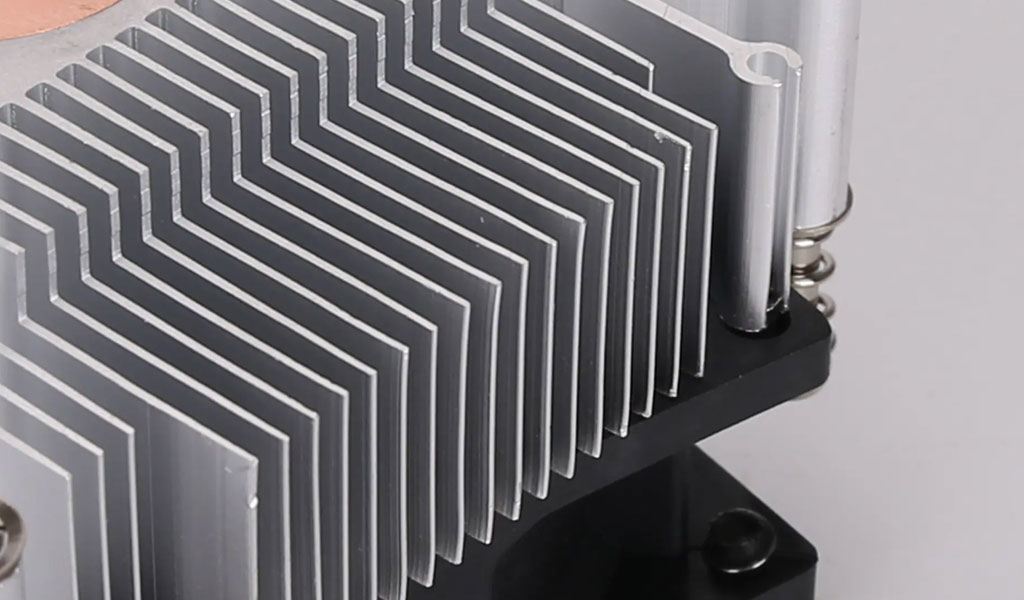
Heat sinks are essential components in electronic devices, helping to dissipate heat and maintain optimal operating temperatures. While various colors might seem viable for heat sink coatings, black is a prevailing choice. This article delves into the intricate relationship between color and heat dissipation, exploring the scientific, practical, and historical aspects that make black an ideal hue for heat sinks. By dissecting surface properties, radiation, and aesthetics, we aim to uncover the rationale behind the preference for black heat sinks.
Introduction
The ubiquitous presence of electronic devices in modern life underscores the significance of efficient heat management. Heat sinks play a pivotal role in this context, channeling excess heat away from sensitive components. But why are heat sinks often black? Why not other colors? These questions pique our curiosity, leading us to unravel the mysteries behind the color choice for these critical components.
- 1. Surface Properties and Absorption:At the heart of the matter lies the interaction between color and heat absorption. Dark colors, such as black, have a unique ability to absorb and radiate heat. This property can be attributed to their low reflectivity across the visible spectrum. As light strikes the surface of a heat sink, a black coating readily absorbs this energy, converting it into thermal energy and facilitating efficient heat transfer through conduction.
- 2. Radiation and Emissivity:Understanding the principles of radiation and emissivity helps illuminate why black surfaces are favored for heat sinks. Black surfaces are excellent emitters of thermal radiation, a process by which objects emit energy in the form of electromagnetic waves. This property enables black heat sinks to radiate heat more effectively into the surrounding environment, preventing overheating and ensuring device longevity.
- 3. Heat Dissipation Efficiency: Efficiency in heat dissipation is paramount for electronic devices’ optimal performance and longevity. The color of a heat sink significantly impacts its ability to dissipate heat. Black heat sinks, by absorbing and emitting heat efficiently, aid in maintaining stable operating temperatures. This becomes especially crucial in high-performance applications where the rapid generation of heat demands swift and effective dissipation.
- 4. Practical Considerations: Beyond the scientific principles, practical considerations also factor into the choice of black as the preferred color for heat sinks. The manufacturing process and material selection influence color choice. Many heat sinks are constructed from materials with inherent properties that align well with black coatings, further enhancing their heat dissipation abilities.
- 5. Historical Context: Examining the historical context of heat sink color choices provides additional insight. Early heat sinks were often made of metals with limited options for color coatings. As electronic devices evolved, so did the need for improved heat management. Black emerged as a reliable choice due to its favorable heat absorption and radiation properties, paving the way for its continued prominence in contemporary designs.
- 6. Aesthetics and Branding: While functionality takes precedence, aesthetics also play a role in design decisions. Black heat sinks exude a sleek and professional appearance, making them a favored choice for various applications. Moreover, the prevalence of black heat sinks in the market has established a visual association with efficient heat dissipation and quality, strengthening brand identities.
- 7. Thermal Performance in Extreme Conditions: The performance of electronic devices is often tested in extreme conditions, where efficient heat dissipation becomes crucial. Black heat sinks demonstrate resilience and consistency in challenging environments, making them a reliable option for applications subjected to wide temperature variations or intense thermal loads.
- 8. Emerging Technologies and Future Trends: As technology continues to advance, new materials and manufacturing techniques may offer alternatives to the traditional black heat sink. However, the underlying principles of heat absorption, radiation, and dissipation will likely continue to guide color choices. Exploring potential shifts in color preference for heat sinks in emerging technologies provides a glimpse into future trends.
Conclusion
In the realm of heat sinks, the choice of black as the predominant color is no happenstance. Rooted in scientific principles, practical considerations, and historical evolution, the preference for black heat sinks is grounded in their exceptional heat absorption, radiation, and dissipation properties. As electronics continue to evolve, so too will the technologies that underpin heat sink design, but the legacy of black as the ideal color for heat dissipation is likely to endure.





